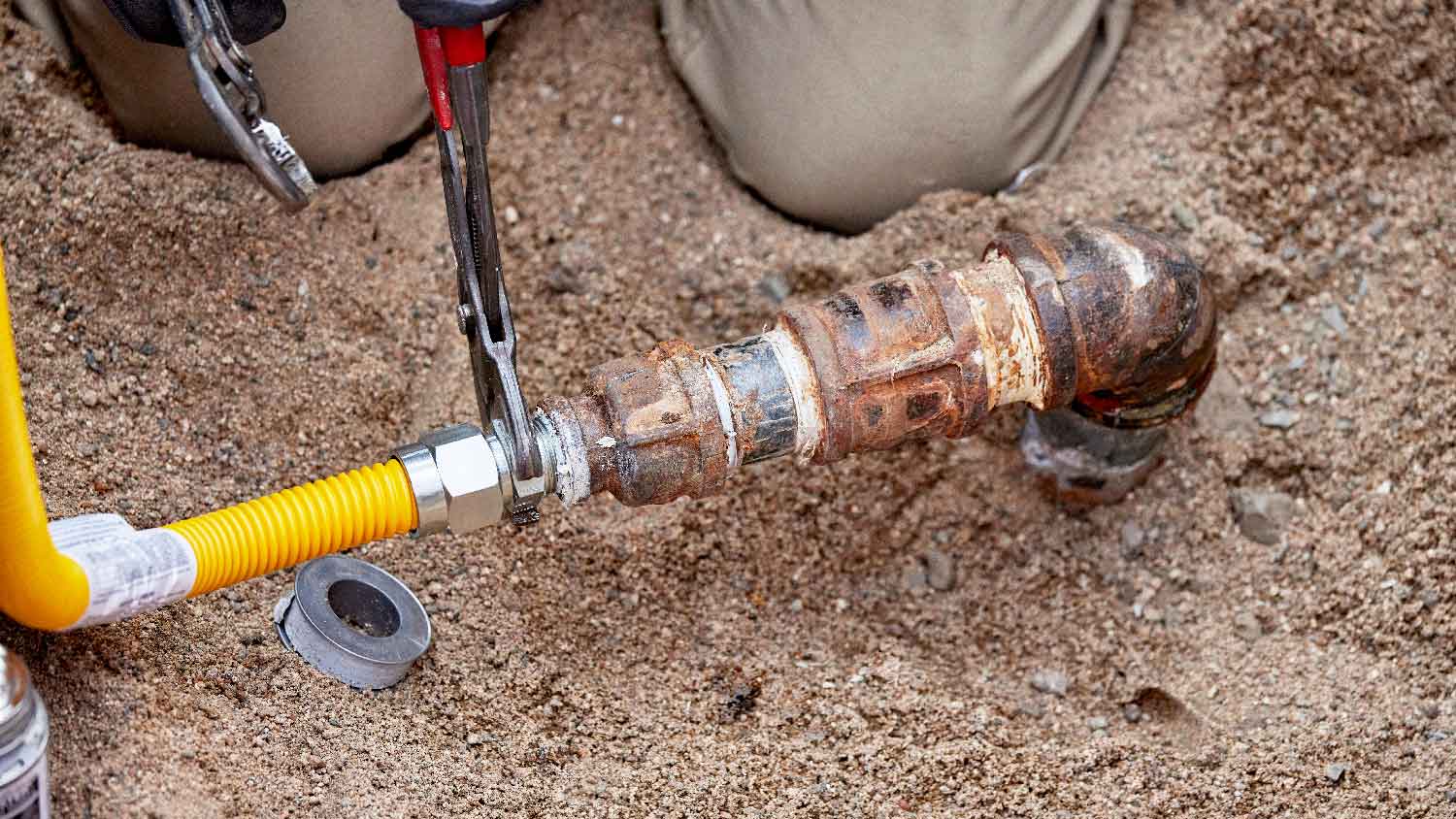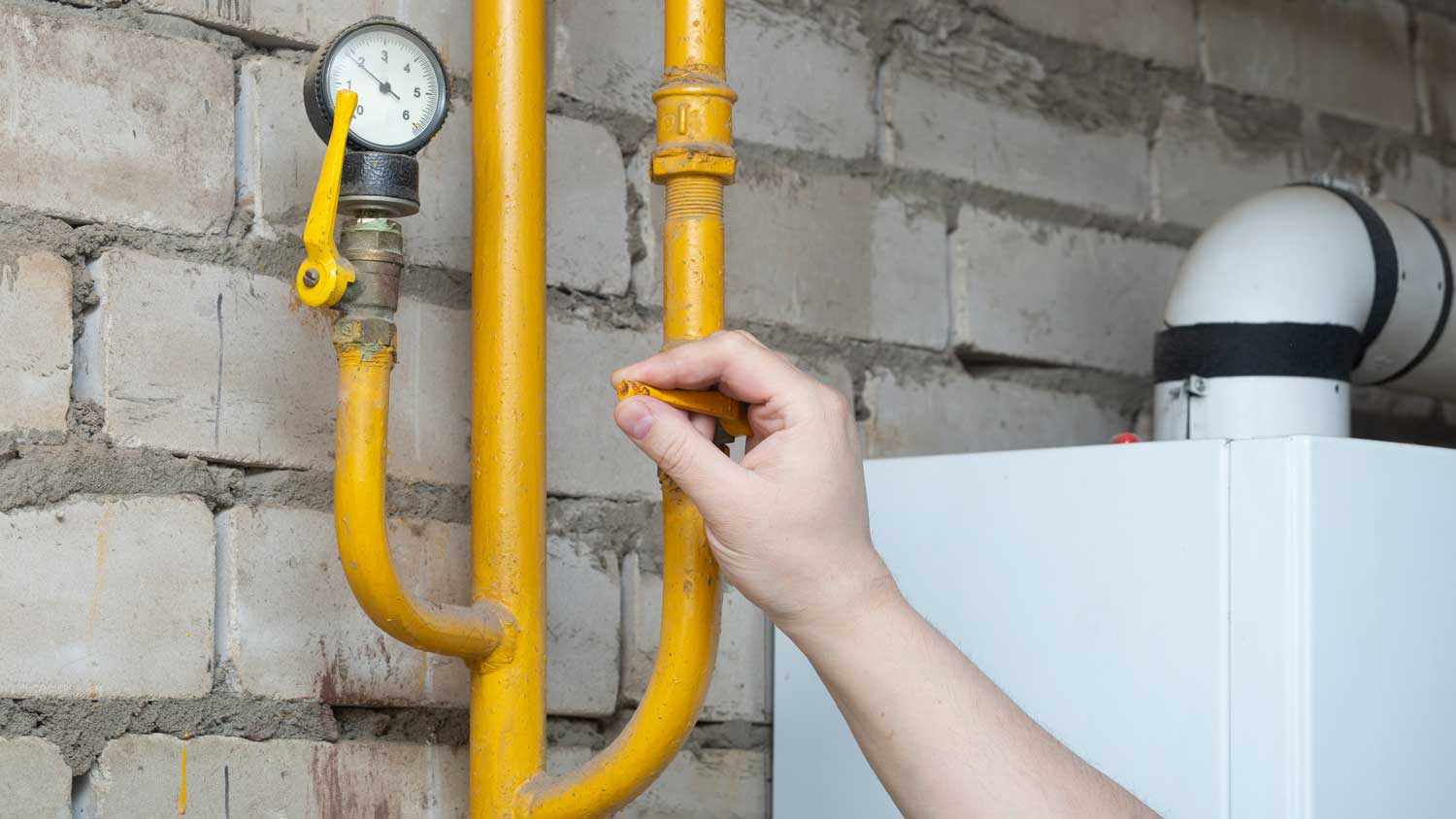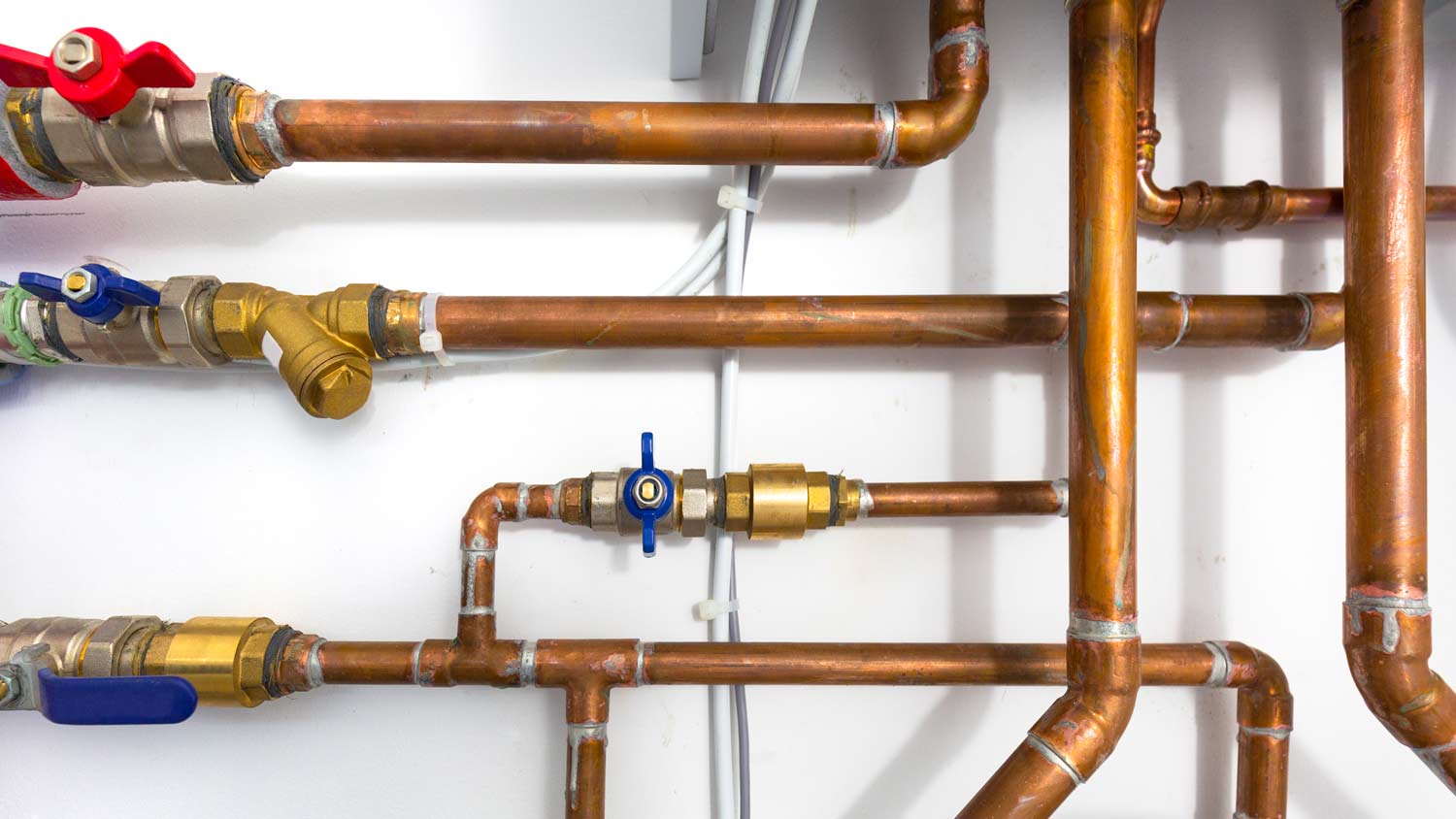
Find costs to repair a gas line and plan your budget based on the problem, from excavating for a new line to making a minor repair to an existing one.
When you’re near gas lines, it’s no time to play a guessing game


Gas main lines are located by streets and roads, and they’re buried 24 to 48 inches below the ground.
Service lines that transport natural gas from a mainline to a home are buried between 12 to 18 inches underground.
Local regulations, the type of line, and the location determine how deep the gas line is buried.
Call 811 to schedule a professional service to locate and mark gas lines before digging or excavating.
The question of how deep are gas lines buried is one of safety, as inadvertently damaging gas lines can be dangerous. Line depth can vary based on the line type, with 18 to 48 inches being the most common for main and service lines. However, in most areas, 18 to 24 inches is more common. Keep reading to dig into the dirty details.

In the U.S., gas lines are required to be buried at least 18 inches underground. Main gas lines are usually buried 24 inches below the ground’s surface to ensure minimal disturbance. In some cases, gas lines may be buried as far as 48 inches underground, depending on state and local regulations.
Gas line depth can vary for several reasons. In addition to knowing about the depth, you should Call-Before-You-Dig or 811, a service that provides access to local underground utility marking services, before doing any work near gas lines.
The required gas line depth varies by local government regulations. While 18 to 24 inches is standard, some locations may only require a 12-inch depth, and that shallower depth may determine where you can dig a trench or complete other dirt work. In areas where gas lines may have been buried for decades, gas line depths may not meet current regulations, making it even more important to call 811.
Lines buried on private property may be buried at shallower depths of 12 to 18 inches. Commercial main lines are usually buried at 24 inches, though they may be deeper depending on distance to roadways and other types of urban infrastructure.
Gas main lines are buried between 18 to 24 inches deep, though they may be as deep as 48 inches in some areas. Service lines transporting natural gas from the main line to other locations are typically buried at 12 inches on private property and 18 inches near roads. However, older lines may have been installed before current regulations were enacted. Older gas lines could be at depths outside the norm.
Most of the time, you’ll be dealing with natural gas that’s located in pipes buried 12 to 48 inches underground. The exception is liquified natural gas, which gets buried at depths of 100 feet or more.
On average, gas lines need replacing every 50 years as long as nothing damages the pipes. Pipes that transport natural gas are not immune to damage from corrosion, pressure, and other types of stress. They can also suffer damage from tree roots as they grow over time or excavation that’s done too close to the line.

The local utility company maintains the gas lines, checking them regularly for leaks or damage up to the point where they enter private property. These pros will periodically measure pressure, check for pipe deformations, and make appropriate gas line repairs to maintain pipe strength and integrity.
Homeowners are responsible for the maintenance and repair of the gas lines on their private property. Natural gas is highly flammable and repair and maintenance should be left to a certified technician, gas fitter, or plumber. However, if you notice anything suspicious, like a hissing pipe or rotten egg smell, immediately open windows and doors and call a local natural gas plumber to check the lines.
From average costs to expert advice, get all the answers you need to get your job done.

Find costs to repair a gas line and plan your budget based on the problem, from excavating for a new line to making a minor repair to an existing one.

Whether it's time for pipe replacement or to hook up the range of your dreams, gas line installation cost is an important line in your budget. Let's take a look.

Figuring out which pipes are for gas lines can seem overwhelming at first, but here are the six best options for your home.

Capping a gas line for an unused appliance is a quick job but one that needs to be done right. Here’s how it’s done and why you should hire a pro to be safe.

Dangerous household gases can make you sick—and, in some cases, can be deadly. These are the five most common toxic household gases to be aware of.

Trying to decide which home gas pipe size fits? We look into home gas pipes, standard sizes, how to measure, and factors that will influence your choice.